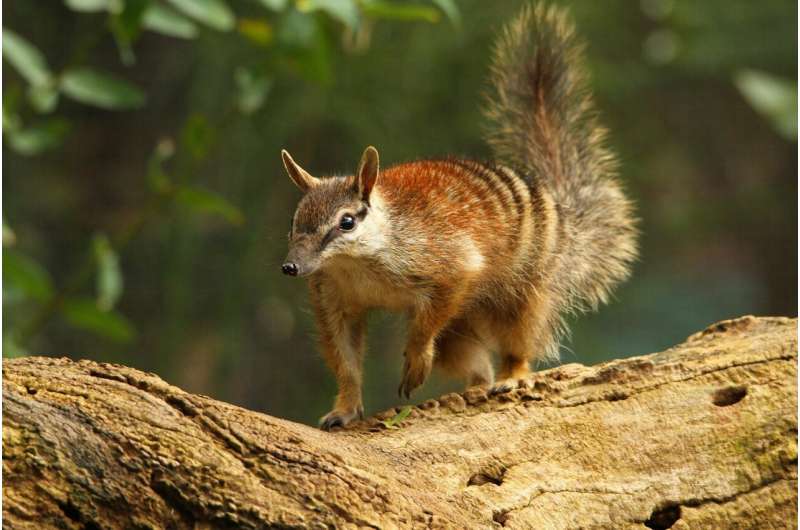Australia’s unique wildlife is facing a pressing crisis, as many species teeter on the brink of extinction. A recent study highlights the urgency of enhancing conservation efforts to protect these irreplaceable creatures and the habitats they call home.

In a groundbreaking study published in Biological Conservation, researchers from Griffith University revealed that over 220 critically endangered species in Australia are facing dire threats due to fragmented habitats and insufficient protections. Their work underscores the urgent need for stronger state and national conservation policies.
This pioneering research is the first of its kind to evaluate the habitats of these vulnerable species, determining that nearly half of their critical spaces lie outside recognized protected areas. The team’s findings indicate that these habitats—specifically those covering more than 20,000 square meters and found in less than six distinct locations—are particularly vulnerable to agricultural development, further heightening their risk of extinction.
Dr. Michelle Ward, a key contributor to the study, stated, “Globally, we know species with small distributions face disproportionate extinction risks, and land-use changes can have devastating effects.” The researchers emphasize that identifying, protecting, and effectively managing areas where these species thrive is vital for minimizing their extinction risks.
Key Findings:
- Nearly half of the identified habitats lie outside protected zones, including areas critical for 39 species.
- Approximately 55% of these at-risk habitats possess agricultural potential, increasing the likelihood of these precious spaces being lost to farming.
- The majority of vulnerable species are plants, with 228 species at risk, followed by reptiles, frogs, and a variety of other animals.
Jody Gunn, CEO of the Australian Land Conservation Alliance, echoed the study’s urgency, stating, “Having a clear understanding of species at the brink and their minimal range is crucial. Conservation doesn’t end at the borders of our national parks.” She highlighted the dedication of many land managers around Australia, who are already committed to protecting local wildlife, but emphasized the need for supportive policies and investments to ensure these efforts lead to lasting outcomes.
Dr. Ward further reiterated that prioritizing these narrow-range species’ habitats in policy-making is essential. The insights from this study could serve as a model for conservation strategies not just in Australia but possibly in other regions worldwide.
More information:
Half of the habitat for Australia’s highly imperilled narrow-range species is outside protected areas, Biological Conservation (2025). DOI: 10.1016/j.biocon.2025.111195
If you would like to see similar science posts like this, click here & share this article with your friends!


